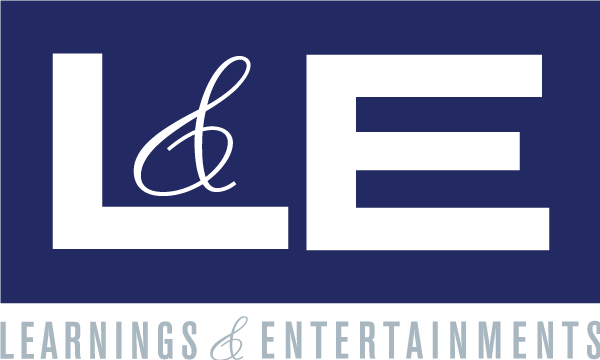Some of the highlights include:
- Why use storytelling in Compliance Training and Communication?
- It’s so flexible it can be used to address so many different difficult hard-to-get-at subjects. It’s great for engaging employees about ethics & compliance & we used it to create a series that talks about different risk areas, retaliation, the hotline and the importance of speaking up.
- Good stories are filled with
- Interesting characters;
- heroes and villains, protagonists and antagonists;
- There’s typically a conflict;
- There is often suspense;
- You can weave in lots of interesting imagery, twists and turns.
- You can jump back and forth in time
- You can drop in asides and metaphors
- Ethics and compliance community has tons of stories about all the interesting ways their employees have screwed up. On the one hand it is kind of tragic, but also wildly entertaining.
- Is there any behavioral science behind this as a learning technique?
- Harvard Business Review Article
- Builds familiarity and trust and opens up the person to learning;
- Emotional connects – so they’re easier to remember;
- Allows for lots of nuance- it allows you to share all the interesting; details, excuses, and nuances of the issue;
- Efficient – it’s an economical way to convey complex ideas.
- Engage learners of different types
- Visual Learners – mental pictures that are created;
- Auditory Learners – focus on listening to the narrators voice;
- Kinesthetic Learners – focus on the emotion and feelings from the story.
- E&C professionals have all these stories, they can/should be sharing them?
- I’ve found that the companies that share Real Stories have the most engagement. It’s always the most popular thing because people love the gossip. They love to know what’s really going on. It’s intriguing.
- Use real stories from the news to teach – Phil Mickelson, Whistleblower, Corruption;
- Use stories from your own company, but change the details;
- Tales – we’re using real stories from lots of different companies and sharing those.
- There are some companies that have started sharing statistics of all the bad shit that has gone down in their company. They don’t hide it. They list in the aggregate how many cases of fraud, corruption, etc. and what was done about it.
- I’ve found that the companies that share Real Stories have the most engagement. It’s always the most popular thing because people love the gossip. They love to know what’s really going on. It’s intriguing.
- What are some examples?
- Story about Discrimination involving a woman’s hair;
- Story about a Transgender employee who was being mistreated;
- Story about a group of sales execs that took a prospect on Safari;
- Stories about conflicts, privacy, corruption, fraud, etc.
- Last but not least, this style is less expensive to make and covers more ground than scenario based videos.
- Harvard Business Review Article
